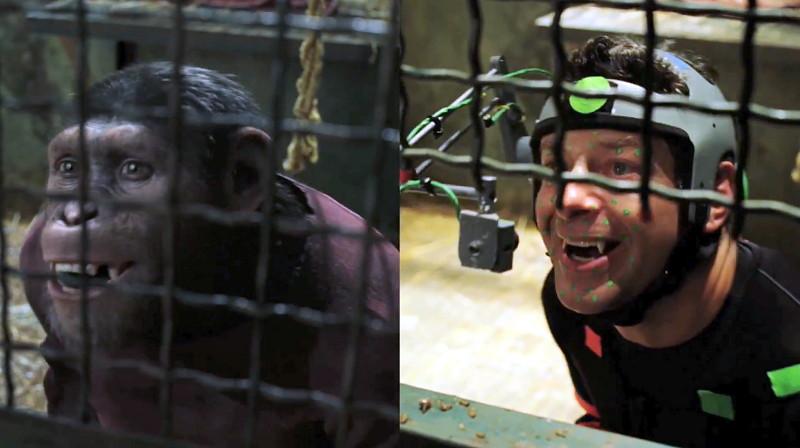
One of the many nice touches put to Marvel’s latest extension of its on screen universe was a show within a show. At various points we’d see and hear the recording of radio serial called Captain America Adventure Program. It is kind the affair where the sound of a fight is evoked by somebody punching a leg of lamb.
Agent Carter clearly owes a lot to that kind of show. It has a lot of the tropes of an early cold war spy adventure: mysterious weapons with names like ‘implosion device’, car chases and Eastern European villains. And almost Mad Men like effort seems to have gone into replicating the style of the time: the cars, the suits and above all the lipstick! If you’re thinking this sounds like a lot of fun, then you’d be right!
However, it’s not trapped by the genre it’s pastiching. The most obvious example is that its hero and the most menacing villain are both women.
The titular Agent Peggy Carter (Hayley Atwell) was the love interest in the first Captain America film. However, as she proved to be far the best thing about that otherwise so-so movie, she got her own show. It follows Peggy as she navigates life in Truman era New York. She’s still a special agent but now one hamstrung by the prejudices of her co-workers. She still gets to find stolen doomsday weapons, beat up goons and outsmart Russian spies. But she can now only do so behind the backs of her less capable co-workers. While on the clock they treat her more like a secretary than a spy.
Another departure from its vintage inspirations is showing in war as something other than an opportunity for dare doing. Virtually, everything that happens in the series is in some way a repercussion of the war and pretty much every recurring character has been damaged by it in some way or another.
Depicting such a broad array of characters dealing with a difficult and potentially sensitive topic demands some solid acting. Fortunately, while it is undoubtedly Atwell’s show, the supporting cast is more than a match for the challenge. They are consistently excellent. Dollhouse fans will be pleased to see the woefully underused Enver Gjokaj given a high profile role.
Much as the series manages to utilise and transcend the conventions of 40s spy thrillers, it does the same with the Marvel Cinematic Universe it inhabits. It successfully fleshes out parts of that world. There are plenty of call backs and forwards to the films. This includes a rather chilling insight into the background of one of the Avengers.
If you’d not watched Captain America: the First Avenger then the plot would probably be hard to follow. Otherwise, one could enjoy it free from any thoughts of the broader Marvel world. Knowing, for example, that Tony Stark’s AI Jarvis is based on his real boyhood butler who becomes Peggy’s sidekick is satisfying for Marvel fans like me. However, a much bigger group can enjoy the great: story, lead performance, ensemble cast, period style and action scenes.
VERDICT: 9/10 – There’s still uncertainty over whether there will be a second series. As you can probably guess I not only want another series, I demand it NOW!!!





